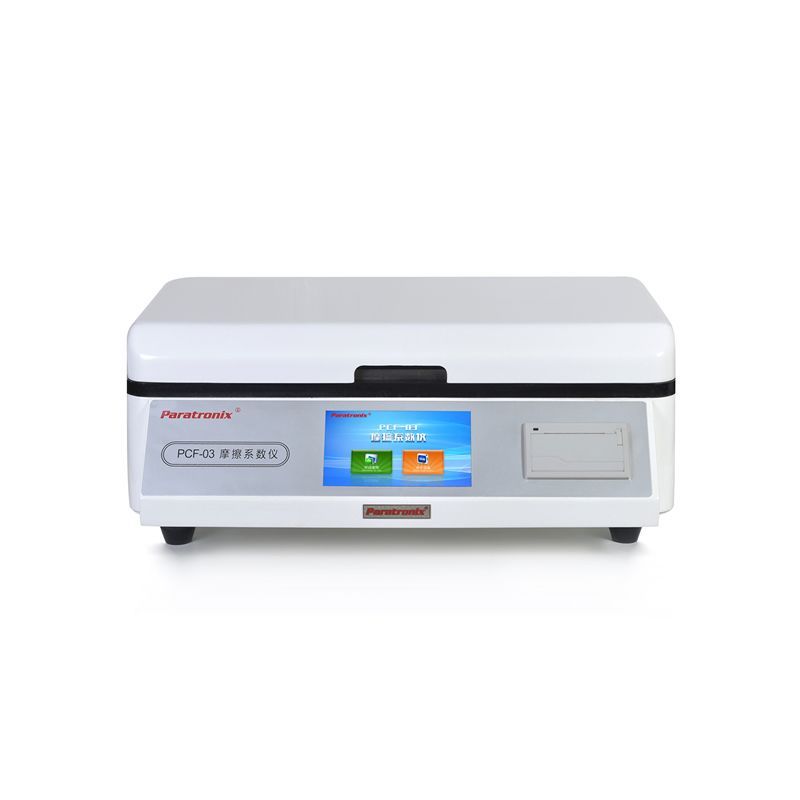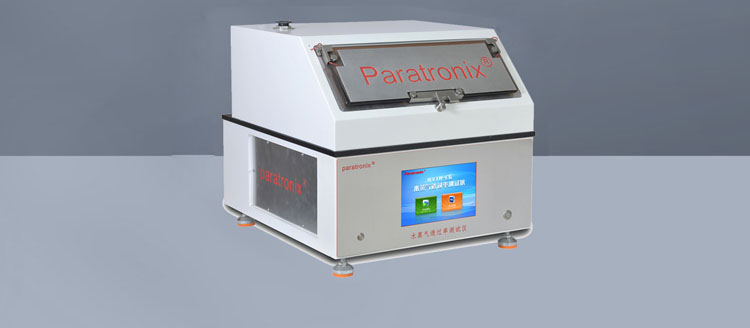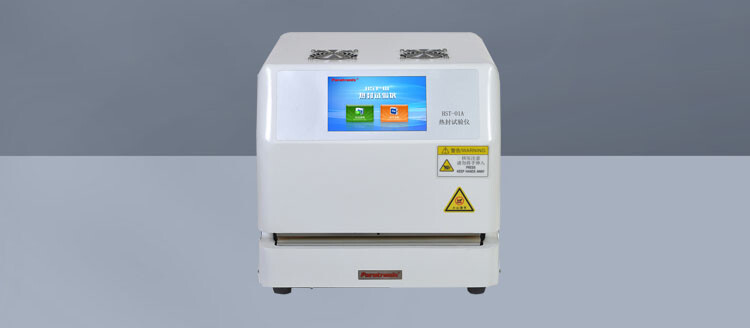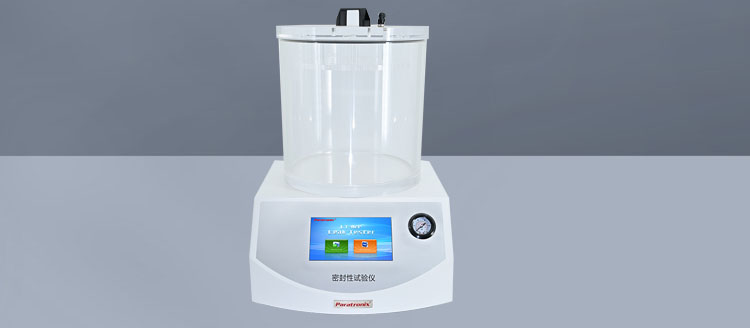Recent Posts
 Maintenance methods for thin film thickness detection instruments2025-12-15
Maintenance methods for thin film thickness detection instruments2025-12-15 Method for detecting the opening tension of food chain self sealing bags2025-12-03
Method for detecting the opening tension of food chain self sealing bags2025-12-03 Packaging industry testing instrument - moisture permeability tester2025-11-26
Packaging industry testing instrument - moisture permeability tester2025-11-26 What testing instruments are used for testing the heat sealing performance of thin films?2025-11-20
What testing instruments are used for testing the heat sealing performance of thin films?2025-11-20 Precautions for using negative pressure seal detector2025-11-10
Precautions for using negative pressure seal detector2025-11-10
Introduction
The coefficient of friction (COF) is a critical property in the packaging industry, influencing the handling, stacking, and
transportation of plastic films and sheets. ASTM D1894 is a widely recognized standard developed by the American
Society for Testing and Materials (ASTM) that provides a method for measuring both static and kinetic coefficients of
friction for plastic films, sheeting, and similar materials.
This test is essential for manufacturers, quality control professionals, and researchers to ensure that materials meet
performance requirements, particularly in applications where slip resistance or ease of movement is crucial, such as
in packaging films, liners, and industrial sheeting.
testing instrument:PCF-03 Friction Coefficient Tester

Scope of ASTM D1894
ASTM D1894 applies to plastic films and sheeting with a thickness of up to 0.25 mm (0.010 in). The method measures:
Static Coefficient of Friction (SCOF): The force required to initiate movement between two surfaces.
Kinetic Coefficient of Friction (KCOF): The force required to maintain movement between two surfaces.
The test can be performed under various conditions, including different temperatures and humidity levels, to
simulate real-world usage.
Test Principle and Apparatus
The test involves dragging a weighted sled (typically made of metal or another standardized material) across a flat
sample of the test material. The force required to start (static friction) and sustain (kinetic friction) the movement
is measured using a force gauge or a similar instrument.
Key Components of the Test Setup:
Horizontal Plane: A flat, rigid surface where the test specimen is placed.
Sled: A weighted block that slides over the test material (usually 200 g or as specified).
Force Measurement System: A device that records the frictional force.
Drive Mechanism: A motorized or manual system that moves the sled at a constant speed (typically 150 ± 30 mm/min).
Test Procedure
Sample Preparation:
Cut test specimens to appropriate dimensions (typically 250 mm × 130 mm).
Condition samples at standard laboratory conditions (23°C ± 2°C and 50% ± 5% relative humidity) if required.
Static Friction Measurement:
Place the test specimen on the horizontal plane.
Position the sled on the specimen.
Gradually apply force until the sled begins to move.
Record the maximum force before movement (static friction).
Kinetic Friction Measurement:
Continue moving the sled at a constant speed.
Measure the average force required to maintain movement (kinetic friction).
Factors Affecting Test Results
Several variables can influence COF measurements, including:
Surface Texture: Rough or smooth surfaces alter friction.
Material Composition: Additives (e.g., slip agents) can reduce COF.
Environmental Conditions: Temperature and humidity affect material behavior.
Test Speed: Faster sled movement may increase kinetic friction.
Applications and Importance
ASTM D1894 is widely used in industries such as:
Packaging: Ensures films stack properly without excessive slippage.
Manufacturing: Helps in selecting materials for conveyor belts and liners.
Quality Control: Verifies consistency in production batches.
Conclusion
ASTM D1894 provides a reliable and standardized method for evaluating the frictional properties of plastic films and
sheeting. By measuring both static and kinetic coefficients of friction, manufacturers can optimize material
performance for specific applications, ensuring safety, efficiency, and product reliability.
For accurate results, it is essential to follow the standard procedure precisely and consider environmental and
material factors that may influence friction measurements.
Leave A Reply
Search by Keywords





